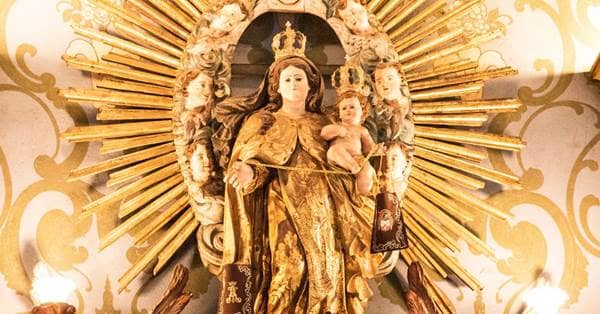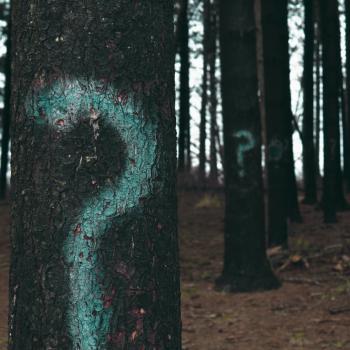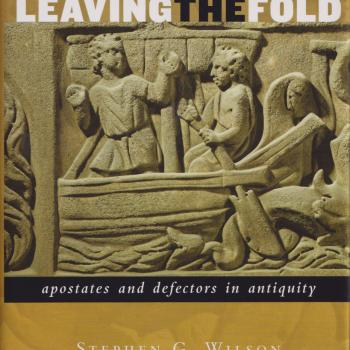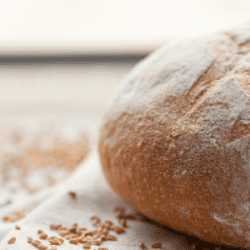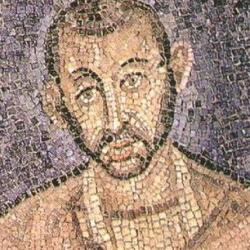
Eid al-Fitr literally means “Festival of Breaking the Fast,” and it is a Muslim holiday which marks the end of Ramadan, the holy month of fasting in Islam. Ramadan recalls the revealing of the Qur’an to the Prophet Muhammed (PBUH), and it is considered the holiest time in the Muslim calendar. During Ramadan, observant Muslims fast from sunrise to sunset, and strive to be particularly focused on spiritual reflection and growth. Many Muslims will increase their gifts of charity during Ramadan, and adopt a regular practice of reciting the Qur’an—or seek to read the Qur’an in its entirety during the month—in addition to taking care to be particularly focused during prayer times, and otherwise being extra mindful of spiritual pursuits.
The celebrations of Eid al-Fitr mark the completion of this intensely spiritual period. These celebrations are usually the first time in a month that many Muslims will have a meal during the daytime. In many countries around the world, Eid al-Fitr is a national holiday, and many Muslims will take off work or other obligations in order to celebrate with family and friends.
Eid al-Fitr is often celebrated as a multi-day holiday, and it begins on the first day of the tenth month of the Islamic calendar. The Islamic calendar is a lunar calendar, which is shorter than the solar calendar by 11 days. This is why the start date of Ramadan and, thus, Eid al-Fitr, changes year by year in the solar calendar. There can also be small calendrical shifts in length from year to year within the lunar calendar. This is because the months of the Islamic calendar are determined by the sighting of the crescent moon, which is determined in various countries by local religious authorities. Some months can, therefore, be 29 days, while others are 30 days, and the exact date might even be different in different countries.The determination of the calendar might be impacted by phenomenon such as cloudy weather, which would block the sighting of the moon in one country, but not in another. As a result, the exact date of Eid al-Fitr cannot be precisely predicted too far in advance.
Eid al-Fitr is also seen as a time to celebrate God’s strength and provisions, and to be particularly mindful of those in need. After the month of fasting and general abstention, it is common to distribute food throughout the community and to those who are less fortunate, as well as send gifts to family and friends. In some countries, it is common for people to decorate their homes with lights, flowers, or lanterns, and many countries have special dishes that are prepared for Eid al-Fitr.
The holiday is known as ‘the lesser Eid,’ to distinguish it from Eid al-Adha, which is known as ‘the greater Eid’—and which commemorates the prophet Ibrahim’s willingness to sacrifice his own son for God. In Arabic, the word ‘Eid’ simply means festival, or feast. Eid al-Adha and Eid al-Fitr are two of the major holidays in Islam.
To learn more about Islam, click here.
4/10/2024 8:00:28 PM
